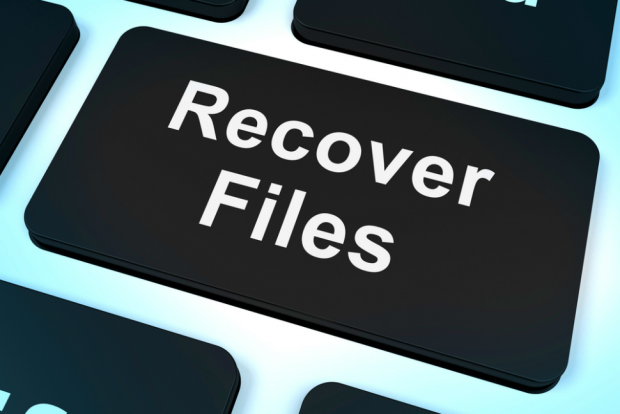
Breaking News
Chicago Homicide Rate: 2025 Analysis
 Tennessee Sues Roblox, Says Game is a 'Gateway for Predators' Targeting Children
Tennessee Sues Roblox, Says Game is a 'Gateway for Predators' Targeting Children
 Kushner and Witkoff Reportedly Draft $112B Plan to Turn Gaza Into 'Smart City'...
Kushner and Witkoff Reportedly Draft $112B Plan to Turn Gaza Into 'Smart City'...
 Christmas in Venezuela: What It Was Like After Socialism Destroyed the Country
Christmas in Venezuela: What It Was Like After Socialism Destroyed the Country
Top Tech News
 Perfect Aircrete, Kitchen Ingredients.
Perfect Aircrete, Kitchen Ingredients.
 Futuristic pixel-raising display lets you feel what's onscreen
Futuristic pixel-raising display lets you feel what's onscreen
 Cutting-Edge Facility Generates Pure Water and Hydrogen Fuel from Seawater for Mere Pennies
Cutting-Edge Facility Generates Pure Water and Hydrogen Fuel from Seawater for Mere Pennies
 This tiny dev board is packed with features for ambitious makers
This tiny dev board is packed with features for ambitious makers
 Scientists Discover Gel to Regrow Tooth Enamel
Scientists Discover Gel to Regrow Tooth Enamel
 Vitamin C and Dandelion Root Killing Cancer Cells -- as Former CDC Director Calls for COVID-19...
Vitamin C and Dandelion Root Killing Cancer Cells -- as Former CDC Director Calls for COVID-19...
 Galactic Brain: US firm plans space-based data centers, power grid to challenge China
Galactic Brain: US firm plans space-based data centers, power grid to challenge China
 A microbial cleanup for glyphosate just earned a patent. Here's why that matters
A microbial cleanup for glyphosate just earned a patent. Here's why that matters
 Japan Breaks Internet Speed Record with 5 Million Times Faster Data Transfer
Japan Breaks Internet Speed Record with 5 Million Times Faster Data Transfer
The easiest ways to recover deleted files

Now that we're living in a mostly digital world, it's a lot easier than it used to be to accidentally delete that precious family photo or important bank statement. One slip of the finger, and whole folders of files can disappear into the digital ether.
If you're hit by such a mishap, don't panic. If you keep calm and act fast, you might be able to get your files back. In fact, you can explore a few different methods on your quest to restore your data. From tools built into your operating system to third-party apps you can download for free, here's how to rescue those files.
Keep a backup
Nowadays, you really have no excuse for not backing up everything that's on your computer and phone. The available backup and cloud storage apps are so comprehensive and easy to use that you barely have to do anything to update the spare copies of your data. What's more, backups are your best protection against any accidental file deletion, not to mention other potential problems like ransomware.
Of course, if you don't already have a backup system in place, it won't be much help if you've arrived here in a panic. But you can at least make sure you set something up to protect your future files. On your computer, look at the options built into Windows (OneDrive) and macOS (iCloud), as well as independent apps such as Dropbox and Google Drive.
All of these services sync your files between computers and the cloud. So when a file disappears from one place, you can restore it from another. For example, in the Dropbox web interface, just click the Deleted files link and then restore whichever file or folder you want back. For even more protection against data loss, consider a service like Crashplan or Backblaze.

 Advanced Propulsion Resources Part 1 of 2
Advanced Propulsion Resources Part 1 of 2

